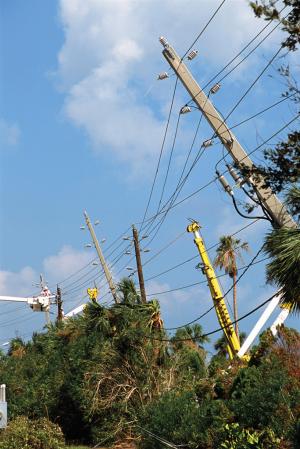Tech experts weigh the options for improving power delivery.
Christian Hamaker is managing editor of Public Utilities Fortnightly.
We’ve heard it all before, but the issue isn’t going away: Reliability of power, from generation to distribution, remains a primary concern of the utility industry. But the current verdict is mixed, depending upon which experts you talk to. Aging equipment is a ticking time bomb—except when it isn’t. NERC CIP standards are driving reliability improvements—except when they aren’t. Maintenance is key—except where monitoring and automation are more important. And regulators should stand aside and let the market drive reliability improvements—but economic incentives wouldn’t hurt.

Experts disagree—sometimes with themselves—about which aspect of reliability should drive the next wave of utility improvements.
“The whole issue of reliability has been elevated to the CEO level within [utilities],” says Jeff Lewis, a member of PA Consulting’s management team. “Many of these companies have incentive compensation directly tied to reliability standards and performance metrics. You’re starting to see a culture of reliability in those companies, from top to bottom.”

